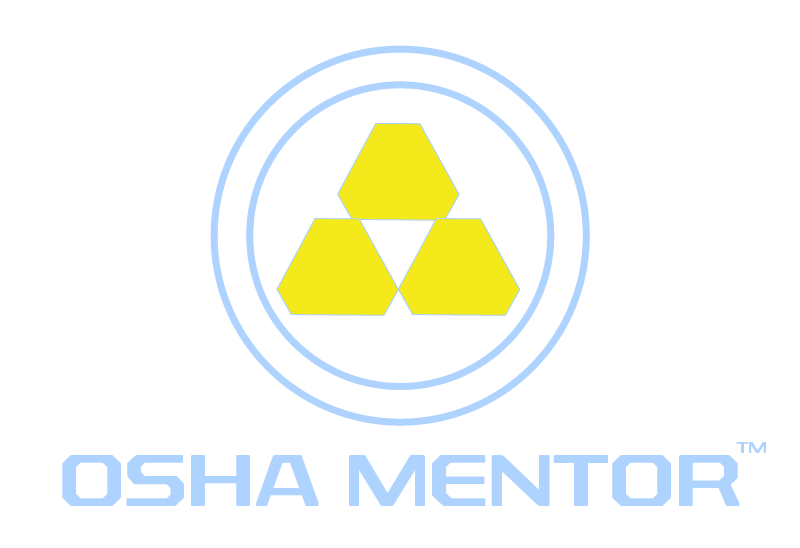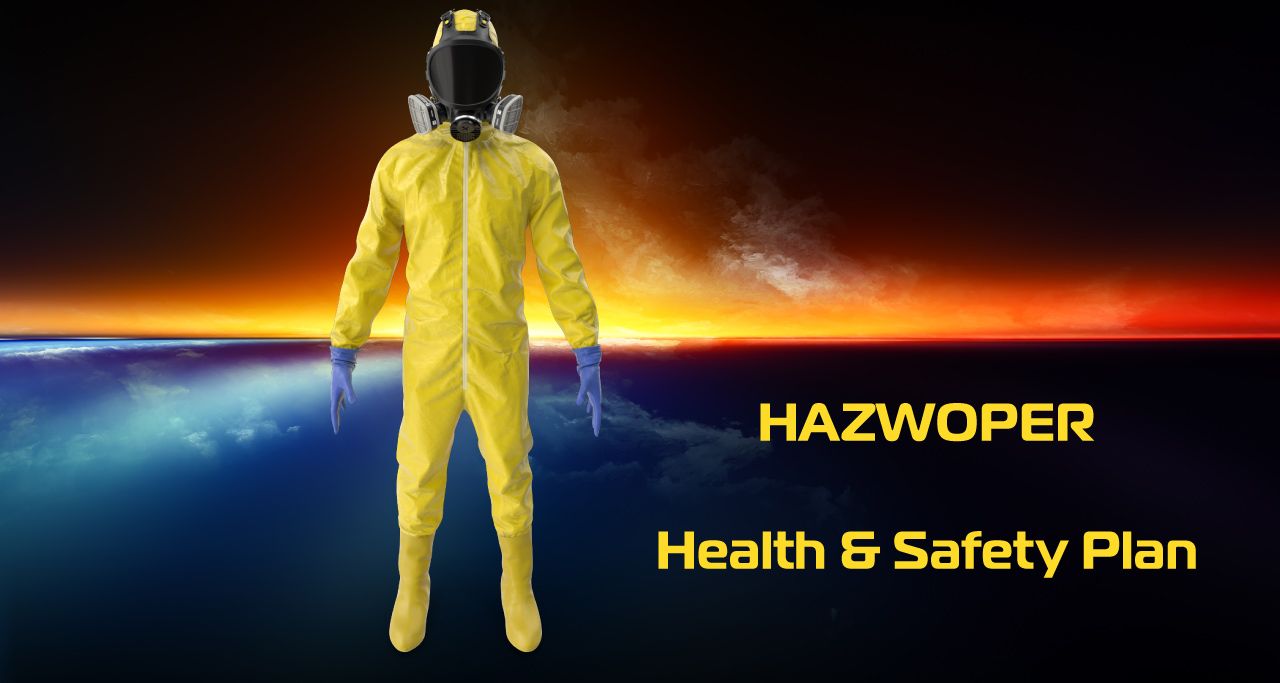
HAZWOPER Health and Safety Plan (HASP)

Ten Elements of a HAZWOPER Health and Safety Plan
OSHA requires the health and safety plan (HASP) to cover a minimum of the following 10 elements:
• Health and safety risk or hazard analysis.
• Employee training.
• Personal protective equipment (PPE).
• Specific medical monitoring.
• Air monitoring.
• Decontamination.
• Site control.
• Emergency response.
• Confined spaces.
• Spill containment.
OSHA requires the health and safety plan (HASP) to cover a minimum of the following 10 elements:
• Health and safety risk or hazard analysis.
• Employee training.
• Personal protective equipment (PPE).
• Specific medical monitoring.
• Air monitoring.
• Decontamination.
• Site control.
• Emergency response.
• Confined spaces.
• Spill containment.
Health and Safety Risk or Hazard Analysis
In simplest terms, what will you be dealing with? The HASP is only as effective as the accuracy of the information about the site itself and the hazardous materials contained there. Determining the health and safety risk and analyzing the hazards is called site characterization. It's a three-phase process.
Employee Training
OSHA regulations work to ensure that you are properly trained and prepared before you tackle hazardous waste work. OSHA requires that you be trained to a competent level for your job. The instruction should help you recognize and understand the health and hazards found on hazardous waste sites. It should also teach you how to protect yourself and your coworkers from these hazards.
Personal Protective Equipment
The health and safety plan details the specific personal protective equipment (PPE) that is supplied for that site. You are required to pass a fit test for the type of respirator to be used there. You also learn about any special clothing needed for hazards unique to that site. The safety and health officer trains you on the site's self-contained breathing apparatus (SCBA) if you're unfamiliar with it. You also will be notified of any updates or changes in the PPE.
Specific Medical Monitoring
The HASP identifies the standard medical monitoring program for the site. Of course, the medical monitoring requirements vary from site to site, depending on the conditions of the site and the chemicals you are exposed to. For example, if previous investigations of the site showed the presence of chemicals that attack specific organs, you might be regularly tested for exposure to them, such as routine urinalysis to test for lead exposure.
Air Monitoring
One of the most dangerous hazards you're exposed to when hazardous materials are present is airborne contaminants. That's why respiratory protection is so important. It's also why the health and safety plan must have a thorough air monitoring system in place. The plan lists the chemicals to be monitored, how frequently the air is to be checked, any activities that require additional monitoring, action levels (levels that trigger evacuation or ending an activity when exceeded), and the types of monitoring instruments to be used, including how they are to be calibrated and maintained.
Decontamination
You review decontamination in depth elsewhere in this training, but know that the HASP must describe the specific decontamination methods for the site. The HASP explains the decontamination procedure that must be in place before any workers or equipment enter an area where potential exposure might occur.
Site Control
Site control is important to reduce worker contamination. It is also important to prevent the contamination from spreading outside the site by workers. The HASP should cover the following site control requirements:
• Security and physical barriers exclude unnecessary personnel from the general area.
• Only a minimum number of workers and equipment needed for a job should be allowed.
Emergency Response
Within the overall health and safety plan resides another important written document, the emergency response plan. This training goes into the emergency response plan in far greater detail elsewhere. In summary, the emergency response plan takes care of the advance planning; the personnel roles; the incident command system; the site map for emergency use; the communication and locator systems; the equipment needs; training and drills; escape routes, refuges, and self-rescue; emergency response procedures; request for off-site assistance; follow-up; and emergency aid and medical treatment. It's important to know your role in an emergency and how to react. This plan within the overall HASP offers you that information.
Confined Spaces
Again, this training goes into depth elsewhere on working in confined spaces. Remember that confined spaces offer some of the deadliest hazards you face on a hazardous waste site or any jobsite for that matter. Your job might take you into these spaces, though, for testing, inspecting, working, and repairing. The HASP must have a program for training you in working within confined spaces. The safety and health officer is responsible for making certain you receive and understand this training.
Spill Containment
Making a bad situation worse. That's what can happen when a hazardous material spills at a hazardous waste site. The spill can put more people at risk of exposure, so it's vital to contain the spill and clean it up. The HASP outlines the steps for reducing the likelihood of a spill, containing spilled material and handling it quickly, alerting personnel if an emergency develops, and notifying the appropriate agencies.
Related Articles
What is the difference between HAZWOPER 40 and HAZWOPER 24?
Does OSHA certify me to work?
HAZWOPER Job Duties and Responsibilities
What Is OSHA HAZWOPER?
HAZWOPER PPE Levels
PPE Meaning
Does OSHA certify me to work?
HAZWOPER Job Duties and Responsibilities
What is HAZWOPER Site Control?
What is a HAZMAT Suit?
What happens if my HAZWOPER certification expires?
Which HAZWOPER training do I need?
HAZWOPER Training RegulationsWhat is a HAZMAT Suit?
What happens if my HAZWOPER certification expires?
Which HAZWOPER training do I need?
What Is OSHA HAZWOPER?
HAZWOPER PPE Levels
PPE Meaning
Sources
U.S. Occupational Safety and Health Administration
https://www.osha.gov/contactus/byoffice/dep
https://www.osha.gov/sites/default/files/enforcement/directives/CPL_02-02-073.pdf
https://www.osha.gov/contactus/byoffice/dep
https://www.osha.gov/sites/default/files/enforcement/directives/CPL_02-02-073.pdf
Write your awesome label here.

